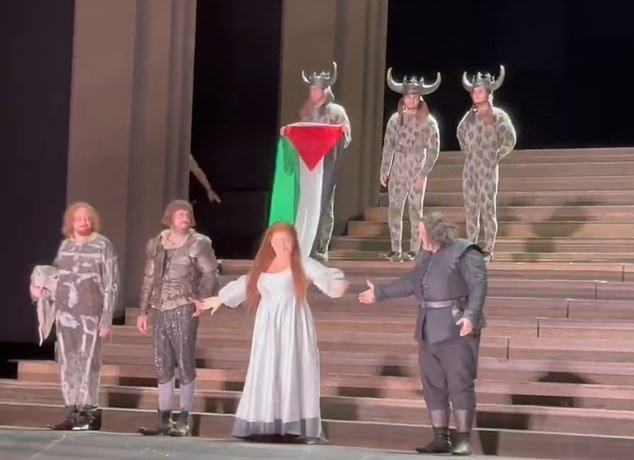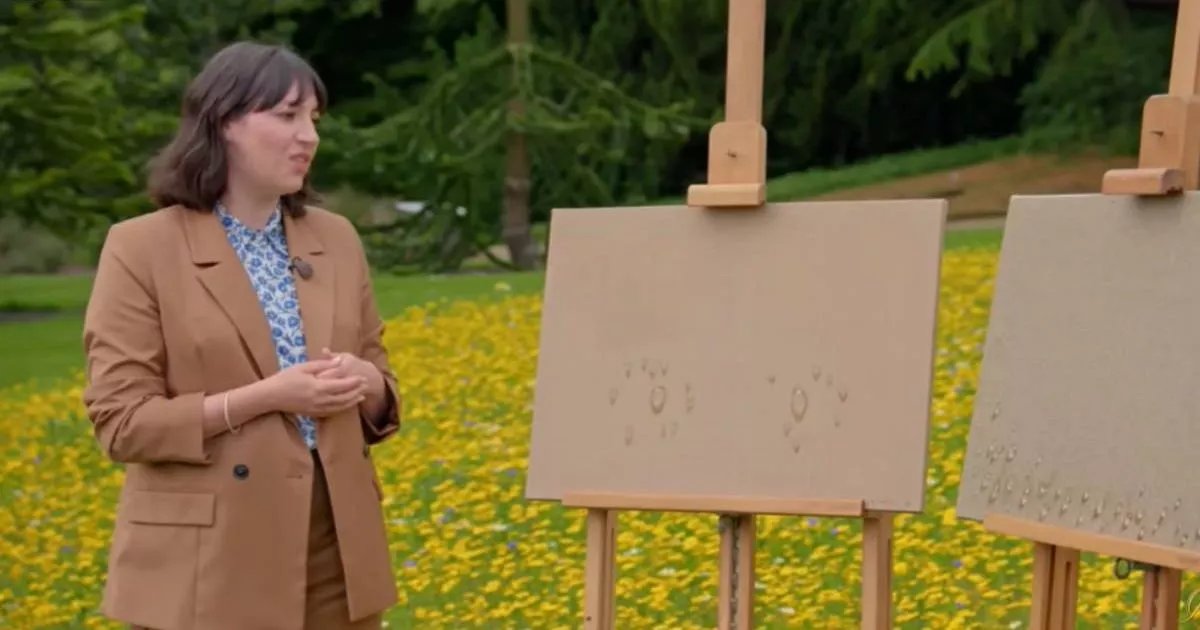Imagine viewing a painting from afar, only to find intricate embroidery telling a deeper story up close. Similar to the world of social media, seemingly simple at first glance but rich with nuance upon closer inspection. Don’t rush to scroll forward as we step into a world of threads and pixels as imagined by artist and designer, Viraj Khanna for the ‘Like Share and Subscribe’ group exhibition in LA.
Social media makes it easy for you to recognise Viraj Khanna as one of the twin sons of one of India’s most coveted designers, Anamika Khanna. Having grown up surrounded by textiles and embroidery, Khanna’s artistic journey was deeply influenced by it. He initially ventured into fashion with the AK-OK line in 2019 alongside his twin brother, Vishesh Khanna, he later transitioned into art, creating works that explore the absurdity of the human condition. His art includes paintings, sculptures, and collages, often characterised by their exploration of identity and societal norms.
This latest series of fully hand-embroidered works marks a slight departure from his signature style, employing a two-pronged approach. From a distance, the pieces resemble watercolour or acrylic paintings, only revealing their intricate embroidery up close. Additionally, they capture intimate moments of life through the threads of embroidery, offering a narrative-driven experience. The group exhibition, “Like Share and Subscribe” is on at Rajiv Menon Contemporary in Los Angeles until July 28. If every scroll is a brushstroke in the masterpiece of modern culture then double-taps are the new gallery opening, and this is one you can’t possibly miss.
Candid conversations on social media with contemporary artist Viraj Khanna
Inspiration behind your new body of work at ‘Like Share and Subscribe’…
Here, I am showing two different styles. The visual for one style of work is very fluid and I attempted to create embroidery that can visually blur the distinction between embroidery and painting. I enjoy it when people disagree with me that the work is embroidered till they go and see it. The other style of work is related to ‘stylising’ an image. I am capturing moments that I think people tend to share on social media platforms and re-working the imagery with embroidery. I want people to think about how we share almost everything on social media. I am not saying that it is good or bad but just bringing the conversation to the fact that we are constantly creating a social image and presence, and in most cases, one of perfection. There is continuous social comparison because of this.
On the use of Indian embroideries in abstract and narrative forms for his art…
All my works are fully hand embroidered. In this body of work, there are two styles mainly, one is thread work done in ari and the other is French knots in zardosi. I have usually experimented with many different techniques together in one work, but not this time. The visual effects of the ‘French knot only’ work and the ‘thread only’ work excited me. This isn’t to say that this is my direction. I will keep experimenting and trying different materials and techniques with different narratives. The possibilities with different materials and the outcomes from the experimentation are what excite me.
On the challenges and high points of working with local crafts…
There was this figure that I had made which was abstracted and therefore resembled an animal. I had given it to the artisans to execute but this was rejected by them. They couldn’t recognise the figure and because of superstitious reasons, they returned the work. I had to explain to them what it was and then it was done. I think it takes time to adjust to doing and making something new and also making everyone comfortable in doing so. Now our team enjoys making these figures that I make ..which were earlier unrecognisable to them. The idea is to give traditional techniques a contemporary spin visually. I am always really proud and happy to see what the Chanakya School of Craft is doing. I think information and awareness of the craft in India is very important. Hand embroidery is a dying craft because the artisans do not want their children to become artisans. They are moving to different professions. Promoting and pushing this craft is important and we are doing it in our own way.
Viraj Khanna’s take on online consumerism patterns…
Social media platforms are designed to show us what we like and what grabs our attention. It is compared to a slot machine in a casino because it excites us in the same way. There are short bursts of dopamine every time someone likes or shares our posts.. which keeps us addicted to social media. There is a sort of polarisation of information that we receive on different platforms too and thus extreme messages are often more visible. Also, importantly, we are only seeing the best part of people’s lives( for the most part) and research has shown that this is affecting mental health. Back in the day, comparisons were within smaller social groups.. but with social media this is not the case anymore. There is always someone doing better and living a more ‘promising’ life. It’s funny how I’ve tried to quit many times but I’m always back to it even though I’ve felt the best without it.
How does Viraj Khanna manage his own social media patterns…
I require external validation all the time, especially with my practice. I am very dependent on the ‘social media response’ to my work and this is quite addictive and unhealthy. I am aware of this. Every post has the possibility of affecting me so much. I honestly want to be totally off social media but the problem is that we also need social media as artists to spread the message about our work. Being an artist requires a lot of courage which I am working on. It requires patience, trust and risk-taking ability. It is a slow and lonely process in studios for many.
On working at AK-OK…
There is always something going on with AK and AK-OK. I love how so many times my artwork is used on the clothes as prints and sometimes as embroidery. A lot of people don’t know this but I am a finance person. I look after finance and management for the brands. Vishesh is getting into more of design now.
On how his mother’s (Anamika Khanna) work influenced him…
Growing up I saw so many different forms of textiles around me and automatically this has influenced me a lot. I wasn’t interested in the family business back when I was a kid but there was a constant exposure to embroidery. When I finally joined the business, I looked after the embroidery section of the work, pricing different samples and I think that has helped me the most. I understood quality and the kinds of different embroidery techniques. I am taking these techniques now and using them in different ways.
All Images: Courtesy Viraj Khanna.






